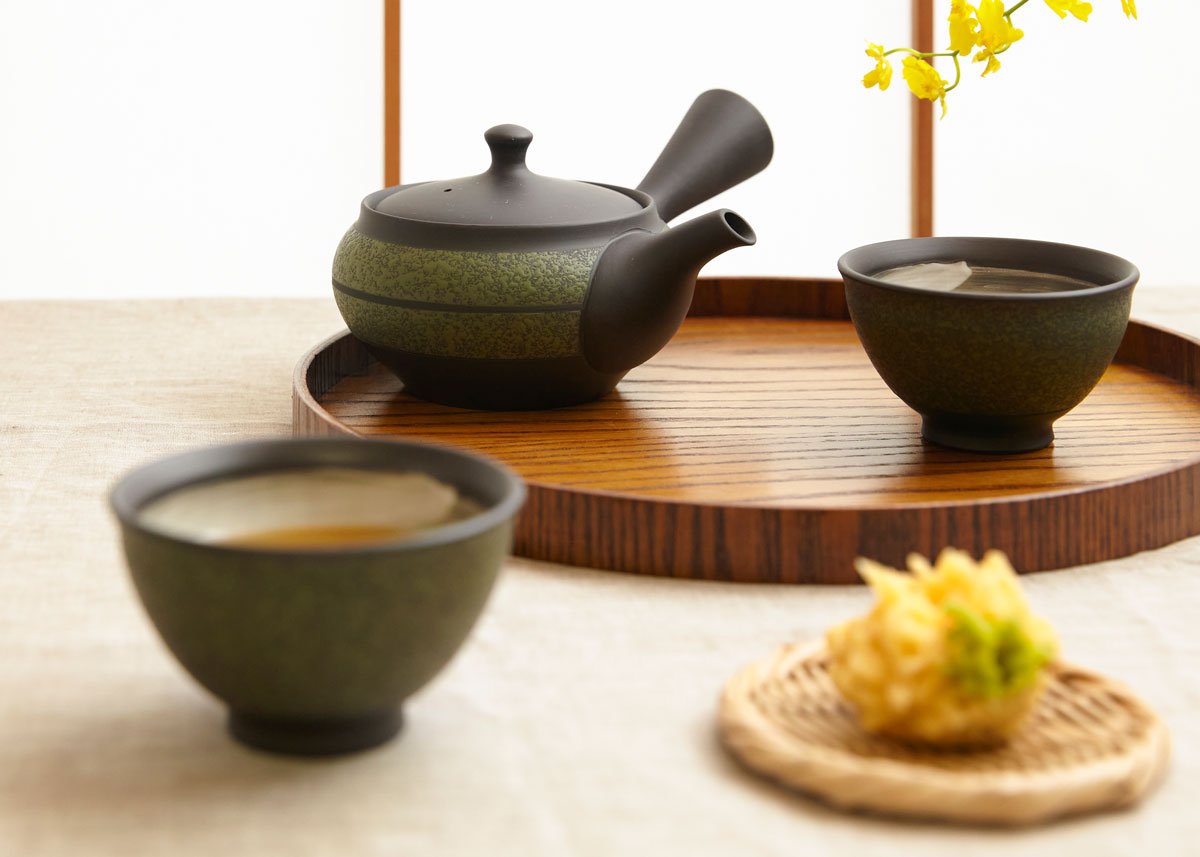Tea Set:A Timeless Elegance
Tea has been an integral part of many cultures for centuries. It is a beverage that brings people together, and its preparation and presentation have always been important aspects of the tea-drinking experience. One of the most essential components of tea presentation is the tea set. In this article, we will explore the world of traditional tea sets, their history, and their importance in tea culture.
The Evolution of Tea Sets
The origins of tea sets can be traced to ancient China, where tea was first discovered. The Chinese had been drinking tea for thousands of years before the rest of the world even knew about it. The first tea sets were simple, consisting of a teapot and cups made of clay or porcelain. Over time, the design of tea sets evolved, and they became more ornate and decorative. During the Tang Dynasty, tea sets were made of jade, and during the Ming Dynasty, they were often decorated with intricate designs and paintings.
Materials Used for Tea Sets
Traditionally, tea sets were made from a variety of materials, each with its own unique features. Porcelain is the most common material used for tea sets, as it is durable, heat-resistant, and easy to clean. Other materials used for tea sets include glass, ceramic, wood, and metal. Glass tea sets are especially popular in China, while wooden tea sets are often used in Japan. Each material brings its own qualities to the tea-drinking experience, such as the warmth of wood or the clarity of glass.
Types
There are many different types of tea sets, each with its own unique features and design. The most common types of tea sets are the Chinese Gongfu tea set, the Japanese tea set, and the English tea set. The Chinese Gongfu tea set is designed to showcase the beauty and simplicity of the tea ceremony. It typically includes a teapot, a tray, a pitcher, and small cups. The Japanese tea set is known for its minimalist and elegant design, and often includes a teapot, a tea bowl, and a bamboo whisk. The English tea set is the most formal of the three and typically includes a teapot, a sugar bowl, a creamer, and cups and saucers.

Designs and Decorations
Tea sets come in a wide variety of designs and decorations, from simple and elegant to ornate and intricate. Many tea sets are hand-painted or hand-carved, and some feature intricate patterns or designs. The Chinese Yixing tea set is famous for its elaborate designs and intricate carvings, while the Japanese tea set is known for its minimalist and subtle designs. The English tea set often features delicate floral patterns or gold trim.
Caring
Proper care and maintenance is essential to ensure its longevity and functionality. Porcelain and ceramic tea sets should be hand-washed and dried thoroughly to prevent cracking or chipping. Clay tea sets should be seasoned before use, and should not be washed with soap or detergents.
Significance
They are an important part of tea culture, as they not only serve a functional purpose but also play a significant role in the presentation and enjoyment of tea. A well-designed tea set can enhance the flavor of the tea and create a relaxing and elegant atmosphere. In many cultures, tea sets are also considered a symbol of status and wealth, and are often passed down from generation to generation.
Conclusion
In conclusion, traditional tea sets are an essential component of tea culture, and their design and decoration reflect the rich history and diversity of tea-drinking traditions around the world. Whether you prefer a simple and elegant design or an ornate and decorative one, there is a tea set out there for everyone. So, the next time you enjoy a cup of tea, take a moment to appreciate the beauty and elegance of the tea set that brought it to you.